Liquid Luxury
André Macionga – the wine alchemist extraordinaire
André Macionga – the wine alchemist extraordinaire

»I just let the wine talk to me and the wine tells me where the journey is going.«
Your relationship with wine goes back to a key moment in your training as a restaurant professional. Would you like to tell us what exactly happened?
At that time, I was allowed to do my training in a very renowned hotel in Berlin and helped with the wine inventory. My job was to take the bottles from the shelves in the wine cellar and dust them off. As simple as that. Also present was the hotel director, who had a very special relationship with good wine. He regularly had lunch in the hotel restaurant and what was rarely missing was an excellent bottle of Bordeaux or other treasures.
At the time of the inventory, I could barely tell the difference between red and white wine, stood in the wine cellar and took out a wine from the 80s to dust off. Immediately I had to deal with the hotel manager, who admonished me to please treat the bottle with the necessary respect and sensitivity.
So, the question for me afterwards was what it must be about the wine that such a respectful person as the hotel manager reacted in this way. It was clear to me that there must be something behind it and so I set off on my journey to the wine – not suspecting where it would lead me.
So, this pronounced curiosity was there from the beginning and was your companion?
Definitely. From the beginning, I didn’t want to settle for the role of carrying plates from A to B and entertaining people only. I really wanted to deal with the subject matter.
I’m extremely ambitious and that’s why I also wanted to intensively deal with and understand what I would be doing all my life. At the end of 2005, I finally met Marie and Tim and that was a very formative chapter for me.
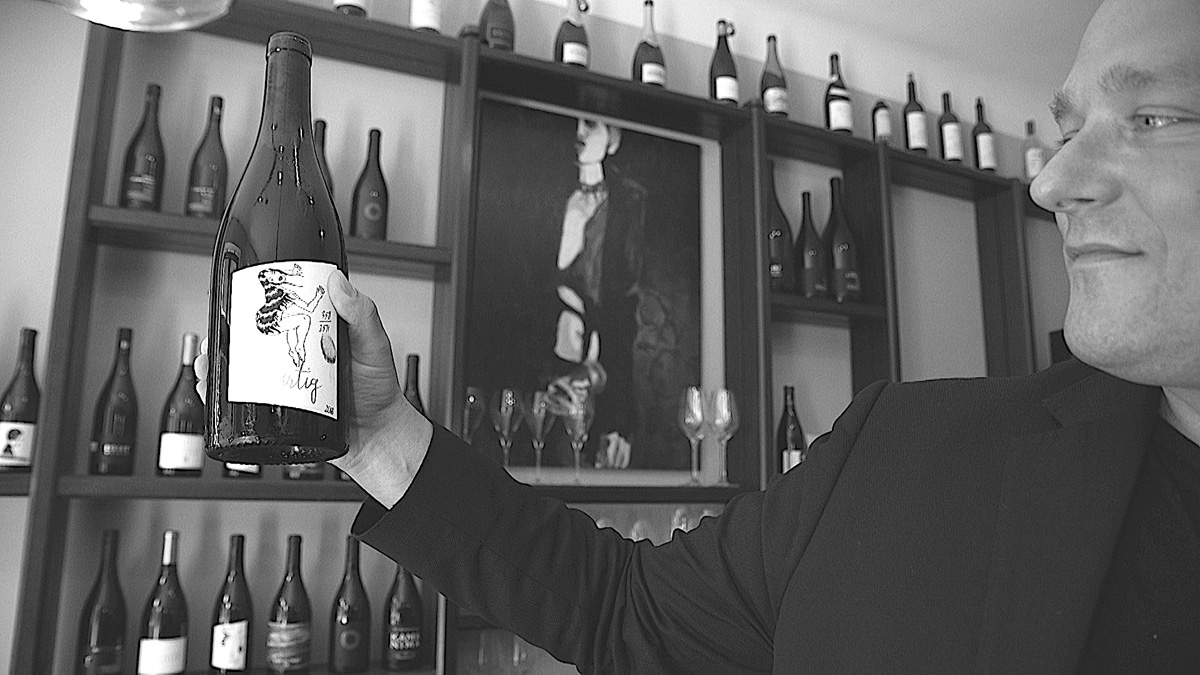
Was that a start into a new world?
Yes, it was. What was new for me was the high art of cooking and the confrontation with flavours, different tastes, smells and textures. I first had to get to grips with all that. Then came the subject of wine. Tim was already very much in favour of actively introducing and educating his people on all topics. That’s how I finally started to deal with wine in a focused way.
I had, of course, written down the wine in question in the wine inventory incident I mentioned earlier. It was a 1985 Chateau Latour and the first thing I did was to buy it from my meagre apprentice salary to learn. I also thought of a dish to go with the wine, which I prepared myself to set the scene perfectly. But unfortunately, I couldn’t relate to the wine at all in the first place, which really annoyed me. After all, I had set myself the goal of getting behind the secret.
In order to find out the secret, you literally went on a journey, right?
That’s right. I really drank my way through the individual wine cellars and was on the road for days, sometimes weeks, and visited up to five wineries in one day. I just wanted to understand what is the difference between the sites, how do you recognise wines. How do you define the difference between a wine from Rheinhessen Morstein and one from Rheinhessen Geyersberg.
The more I discovered, the more complex and exciting it became and I understood, for example, that even within one vineyard the wines can taste extremely different. It can sometimes be only metres that are reflected completely differently. You can always see that best when you stand on a vineyard, look down into the valley and look at the colouring of the leaves. How much sun do the vines get, what are the soil conditions and various other aspects that then result in an overall picture that you learn to see and understand.
Back then, I always sacrificed my entire annual holiday for these trips. And even if I only had two days off in a row, I always went somewhere to taste wine on site. When I was through with the most important regions that interested me, I drank my way through the vintages to immerse myself even more intensively. That means, for example, I drank only wines from the fifties for four months at a stretch. I was interested in how wine works, how it matures, ages and at what point it tastes different and why.
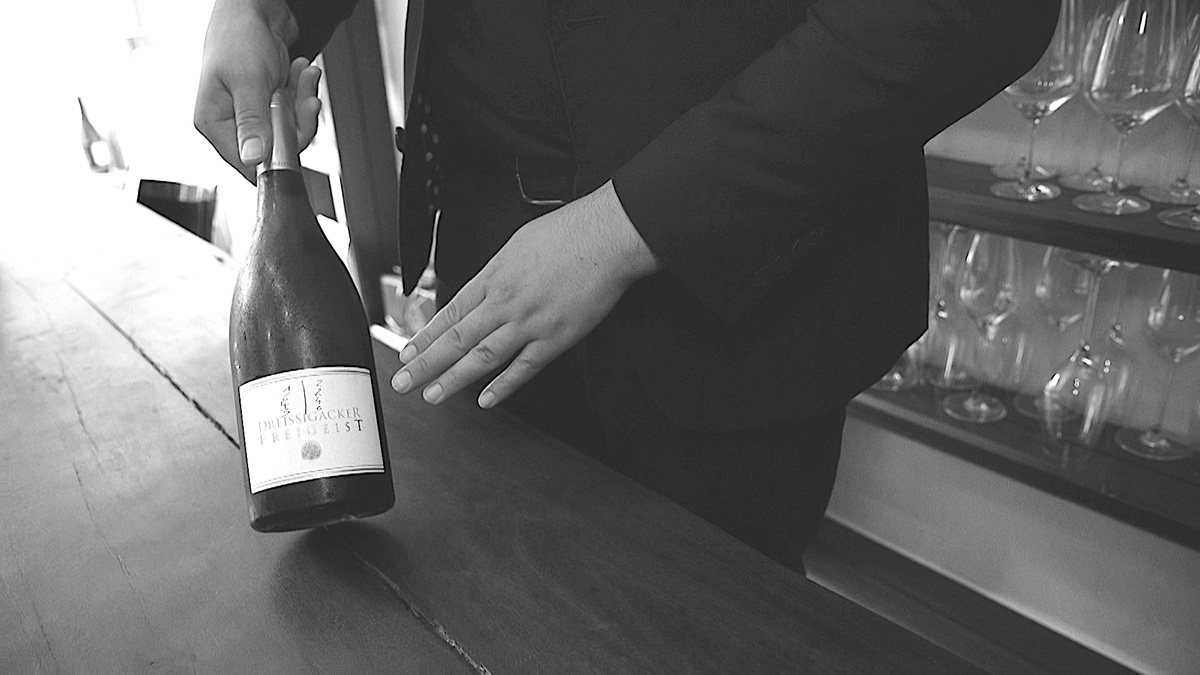
Speaking of age, do the vines actually simply run out of steam at a certain point in their life cycle and need to be replaced?
It is always good when a vine has reached a certain age. The older the vine, the deeper it goes into the soil and the more energy it gets from the soil.
That’s why the vines are usually particularly vital, depending on the region, when they are between 25 and 40 years old. But at some point, there is simply not enough strength left in the plants and then they are replanted.
Speaking of the art of winemaking, how did you come across Horst Sauer?
That was a unique experience. We met at the beginning of 2012 when Horst Sauer was a guest at the Restaurant Tim Raue and tasted my wine accompaniment to the large menus. That was still very extreme at the time, as it was particularly important for me to actually be able to reflect my taste in wine. In other words, I didn’t automatically serve “everybody’s darling” wines. It was important to me to create a kind of 3D experience, where the food and the wine form a unique picture. However, a winemaker like Horst Sauer tends to enjoy wine by looking for flaws, as it’s a job-related effect. And I certainly gave him quite a fright with my selection, because afterwards he said to me that he would have liked to have had the courage to bottle one or two wines like that (laughs).
A few days later he called me to tell me what an extreme experience the evening had been and that he had enjoyed it very much. He also told me that he didn’t really understand what I was trying to express until afterwards. This conversation led to an invitation to his winery to taste wines with him and ultimately to blend wines with him there. Very far away from what is mainstream and what the market is crying out for. In other words: he had understood my approach and my message.
What happened next?
Three months later I went to Horst Sauer’s winery and we realised quickly that we were on the same wavelength. We took the opportunity to create things independently of any rule or convention. And so, we started to blend wines from extremely different styles. It all started with “Es ist wie es ist”, which was a pleasure right away.
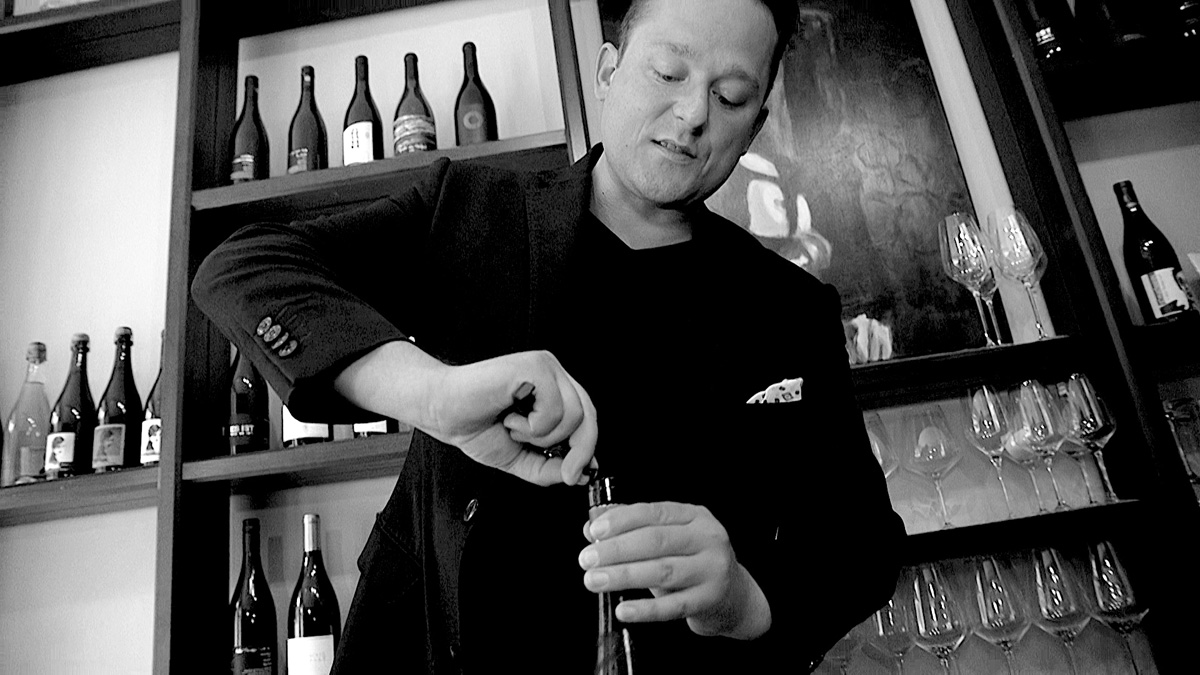
»When I taste something, I immediately have a colour in my head.«
How does cuvéeing work?
The process begins by tasting individual barrels. That means we go through the cellar and try all the barrels that would make sense in the end.
When I create a wine, I approach it in a similar way to a chef. He defines an ingredient that should play the main role and then identifies the flavours that complement it to create a whole new taste experience. The wine that seems brightest at that moment and appeals to me the most is then the base with about 40 to 50% of the cuvèe.
A selection of André's cuvées
When you taste the barrels, do you want to know as much as possible about the wine in advance or would you rather not know anything at all?
No, I don’t want to know anything, just the barrel number (laughs). I just let the wine talk to me and the wine tells me where the journey is going. I’m just the one who listens to the individual barrels and then builds a story based on that.
You just said that the base wine makes up 40% to 50% of the cuvèe. How many other wines do you usually add?
I have also made cuvèes with eight different wines in them. The wonderful thing with Horst Sauer is actually that in the top vineyard “Eschendorfer Lump” there are individual plots that are worked the whole year to make them available for our cuvèes.
In addition to that it is always important to me that we proceed without a plan. If we make a plan, we are too entrenched and run after something we can’t catch. Directly after cuvéeing, the wines are usually somewhat unstable and unsteady. That’s why we sometimes let the wines mature in the barrel for another three to six months. Every fortnight, I usually get a sample sent to Berlin to see how the wine and the barrel are doing. When the wine is ready, I give the go-ahead for bottling.
You write on the website that you see your wines in shades of colour. How did this come about and do other colleagues of yours also use this kind of language?
There is no uniform language that you speak with colleagues and there are many colleagues who can’t do anything with the colours. It’s just my idea of taste. When I taste something, I immediately have a colour in my head.
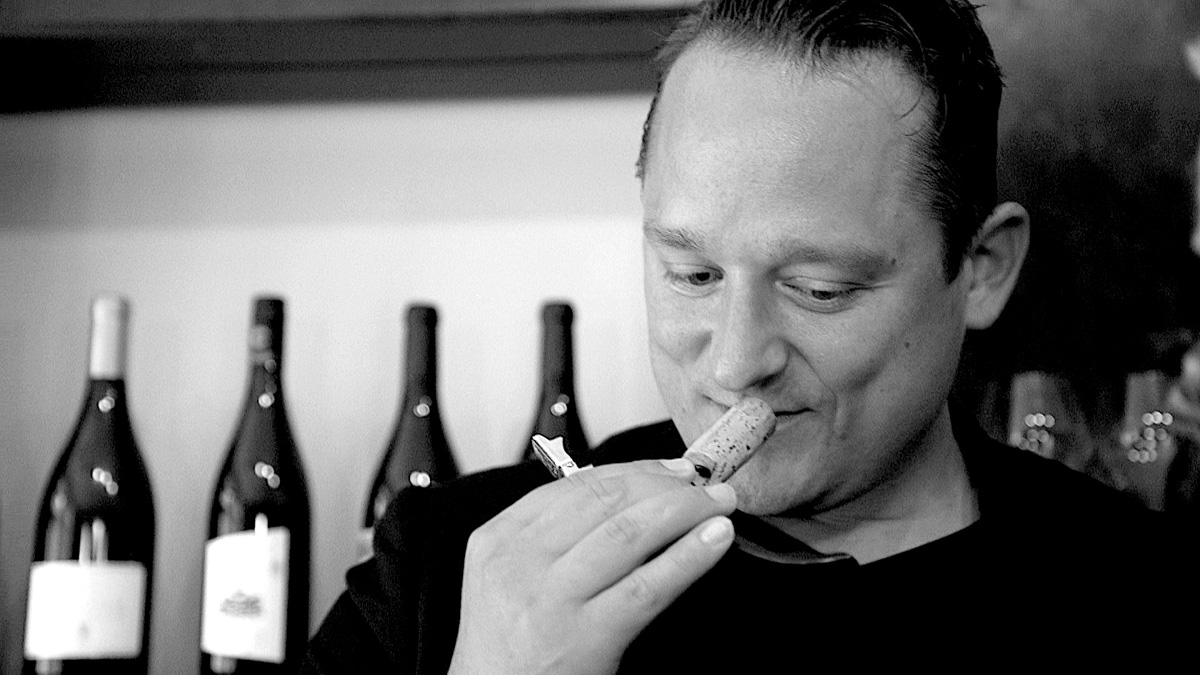
Are there still regions on earth that you would like to deal with more intensively?
Yes, definitely. I would love to visit the wine regions in South Africa. That was actually on the agenda last year in April, to visit three partners with whom we want to create wines. I would also be very interested in Australia.
What about the champagne you offer alongside the cuvées?
We have been producing champagne with the small Adam Mereaux winery for a few years. They are two very likeable winemaking families who merged their wineries a few years ago and deliver incredible quality. This is a small winery and has nothing to do with the big houses.
Here, the champagne is handmade and the winemaker himself still stands in the vineyards, presses the grapes himself and does it with passion. With Adam Mereaux, we have created six different champagnes and exclusive projects for selected restaurants.
A selection of André's champagnes
I honestly thought that such small, independent winemakers no longer existed in Champagne. I would have thought that the big brands had bought up all the wineries.
They are trying and the prices for the naturally limited land mass keep going up. What you pay for a hectare there is honestly impossible to recoup. In very good locations in Germany, a hectare sometimes costs between five and ten thousand euros and in Champagne around 3.8 million euros.
What are the plans for the future?
At the moment we are focusing very strongly on our wine shop and are trying to continue to do exciting projects here, to create wines that are different. Apart from that, to be honest, we are also working behind the scenes on a highly motivated gastronomic project, but it is not yet ready for take-off. As soon as that is, I’ll get back to you. (laughs)
Thank you very much, André!
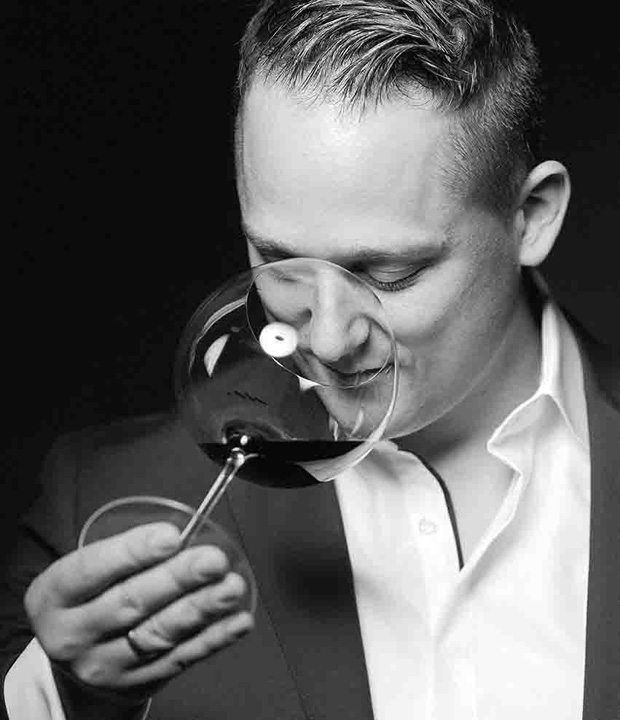


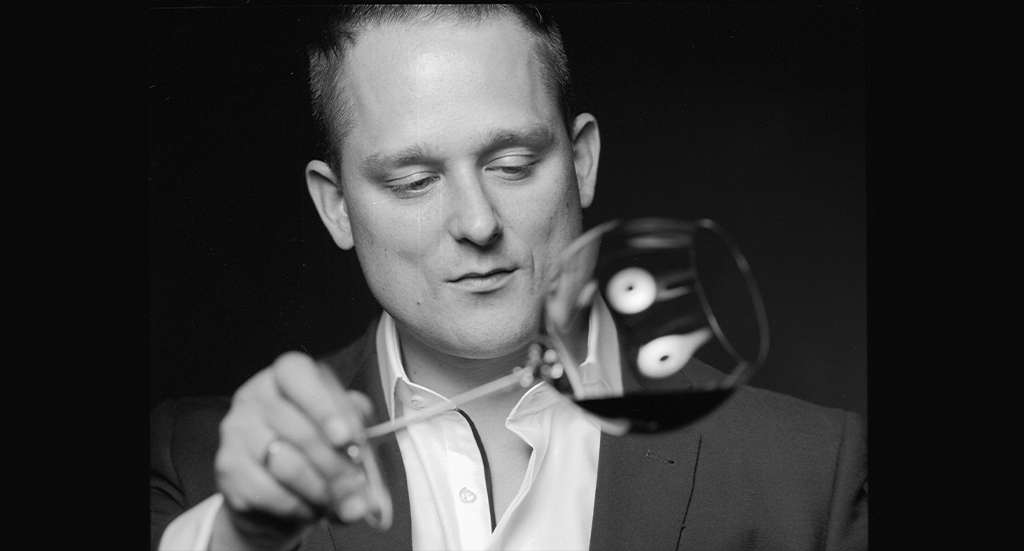

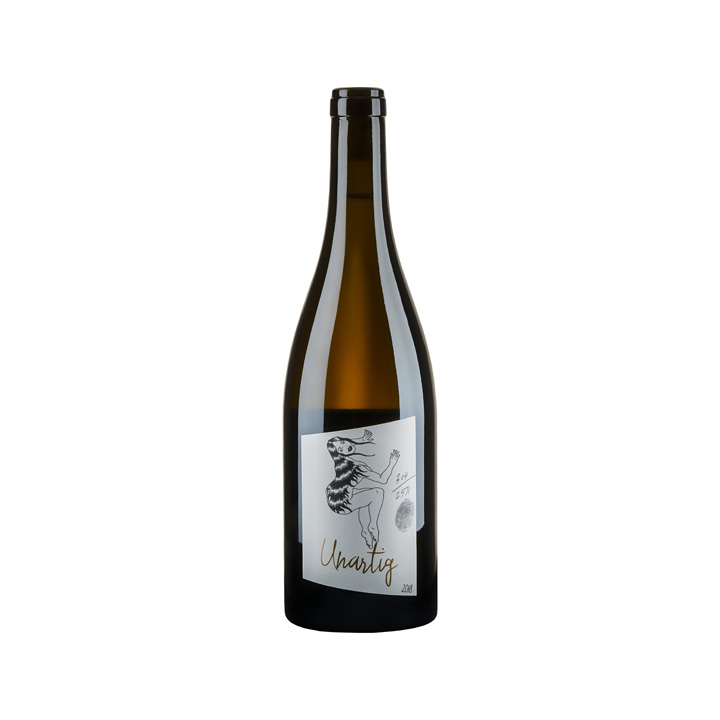
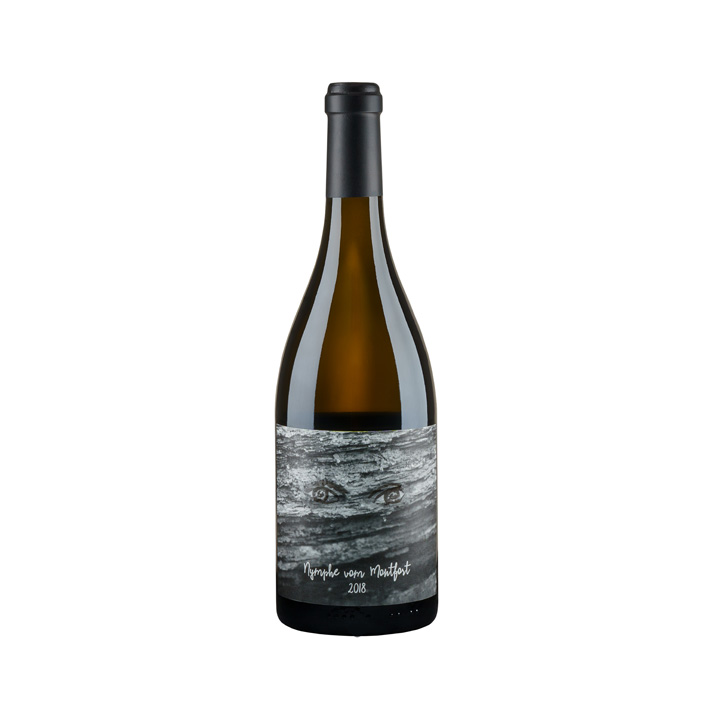
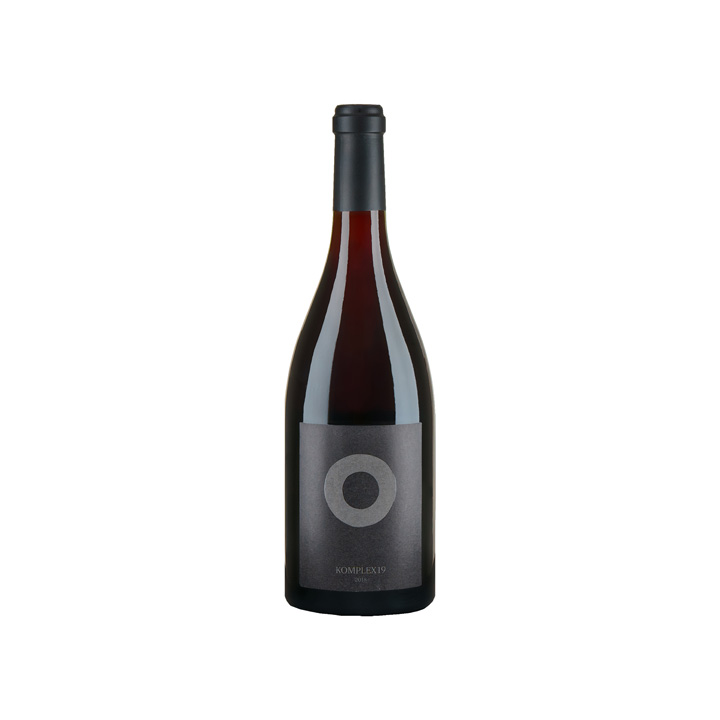
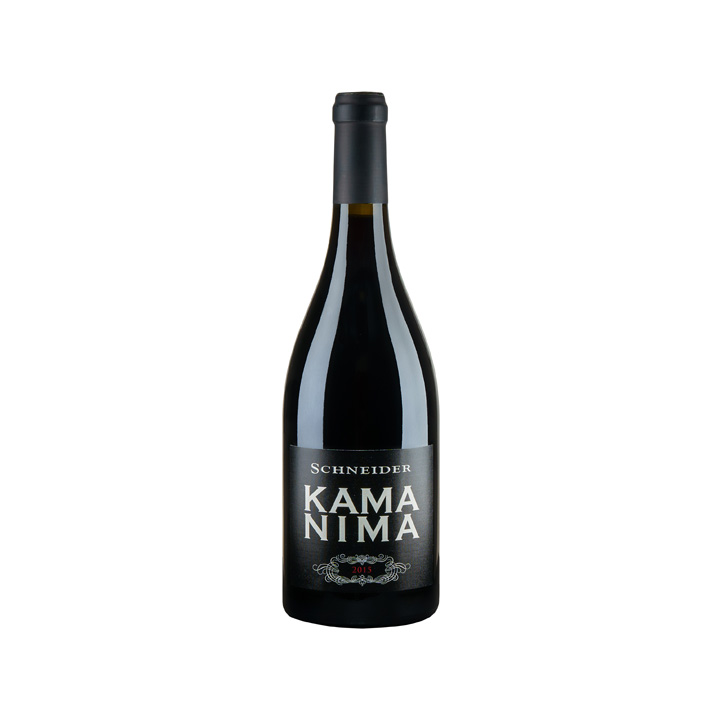
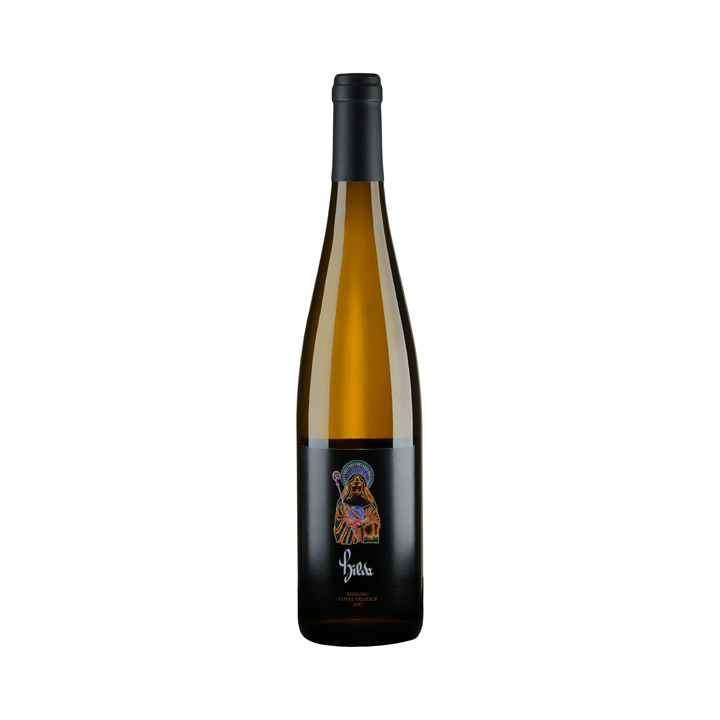

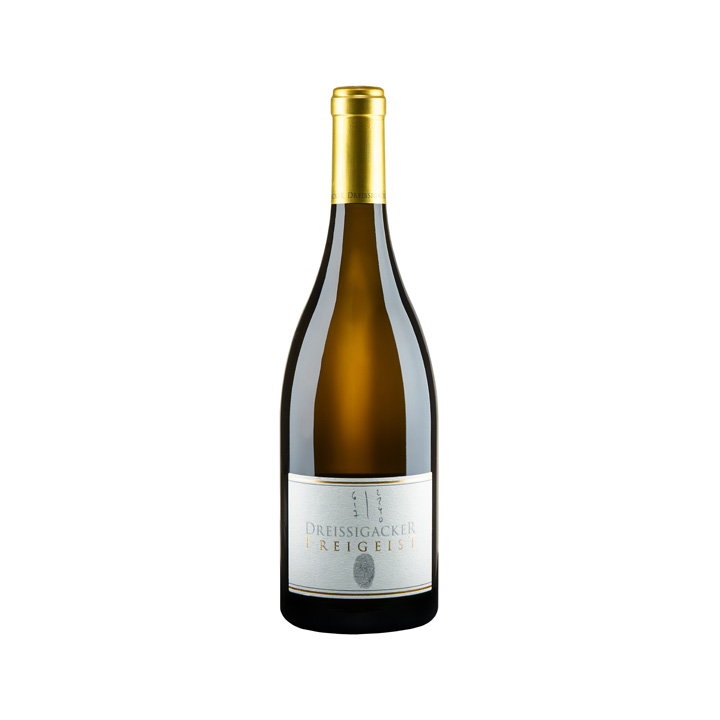
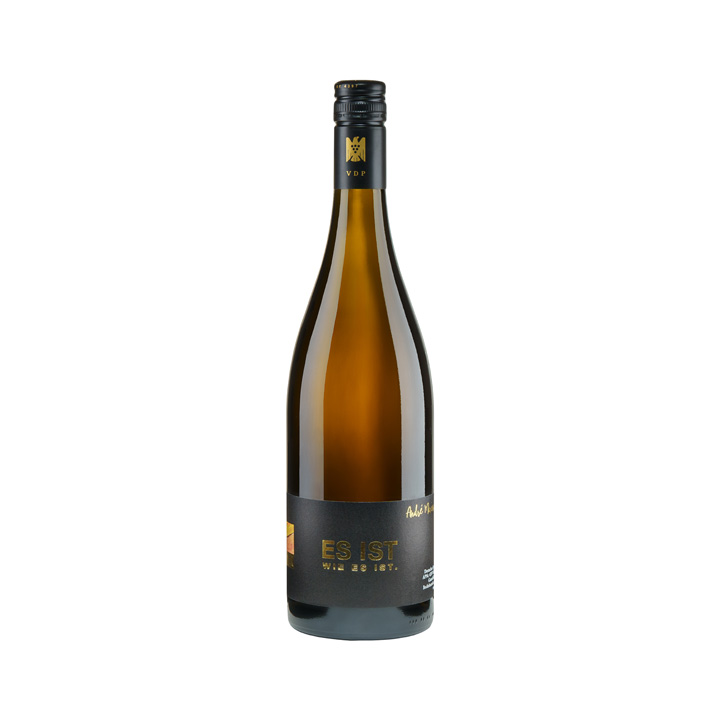
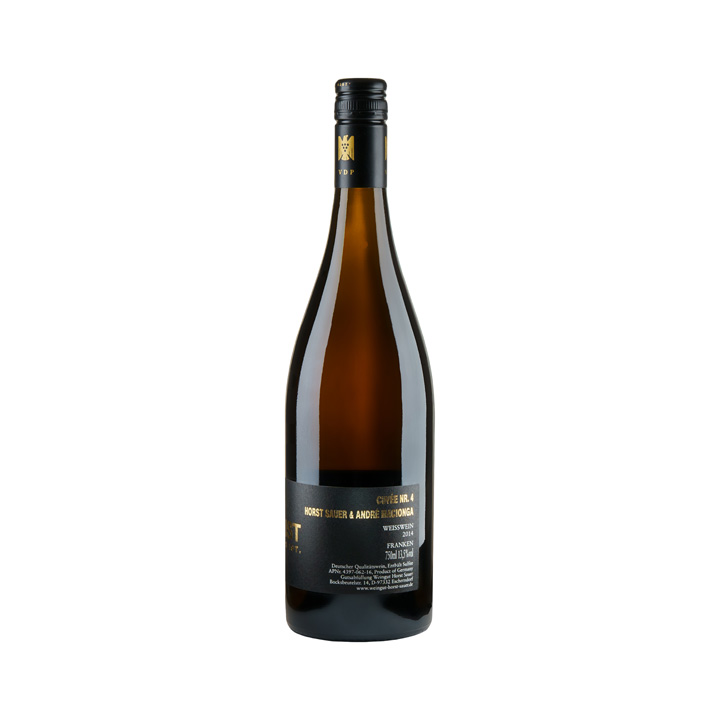
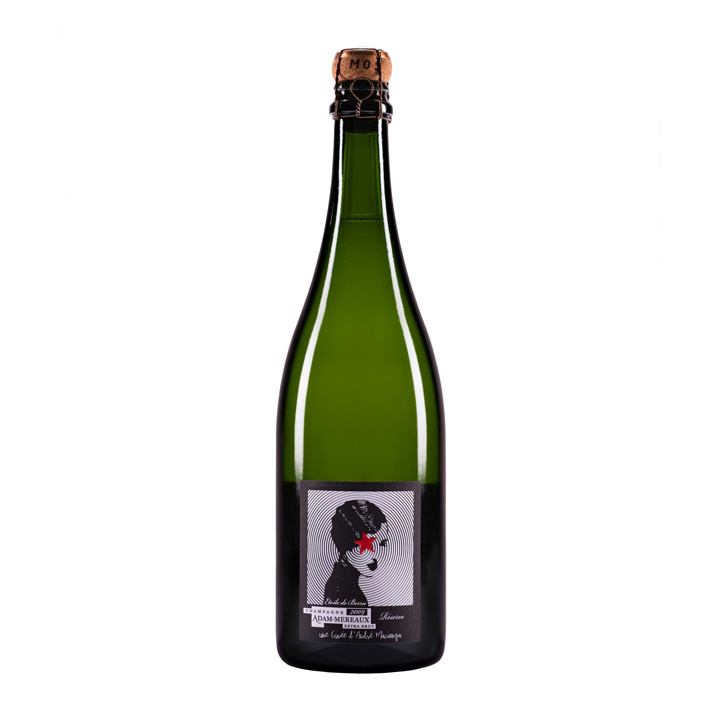
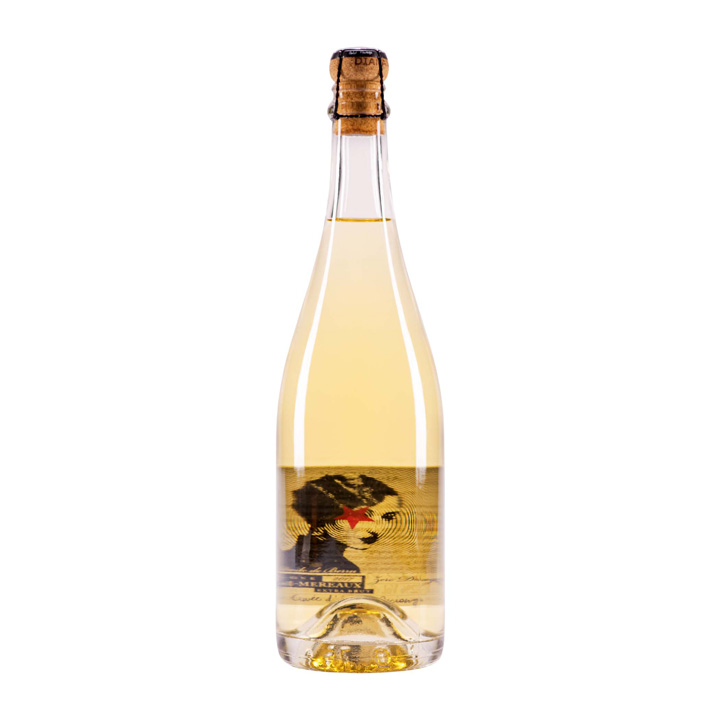
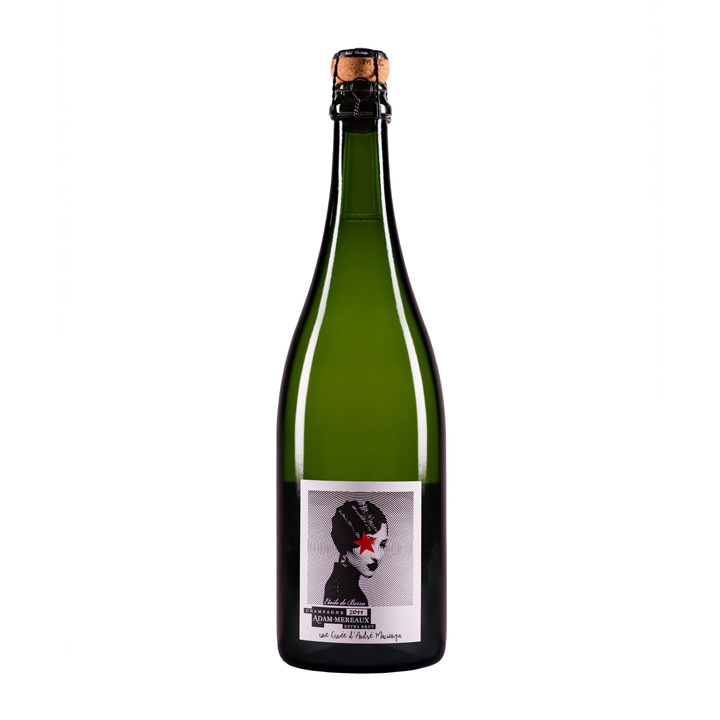
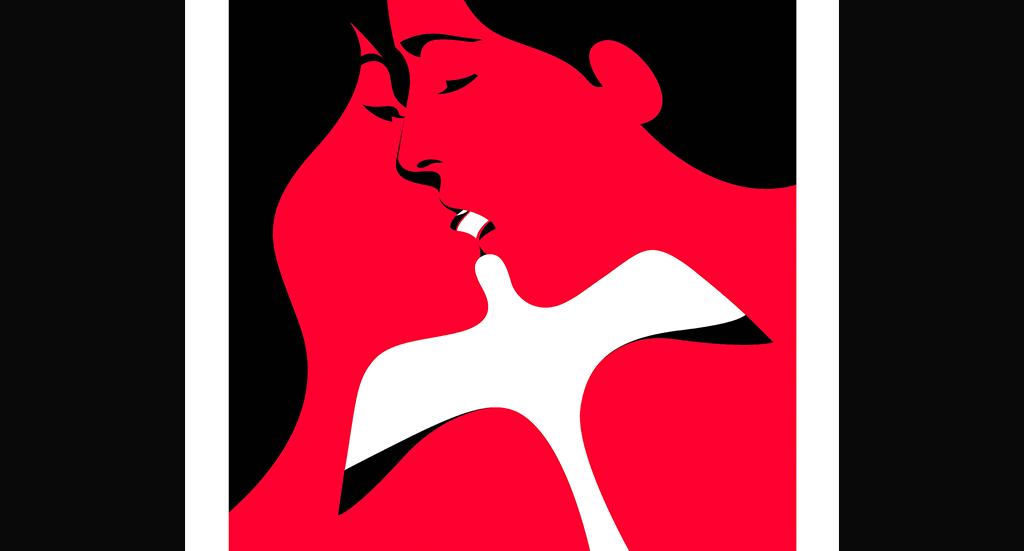
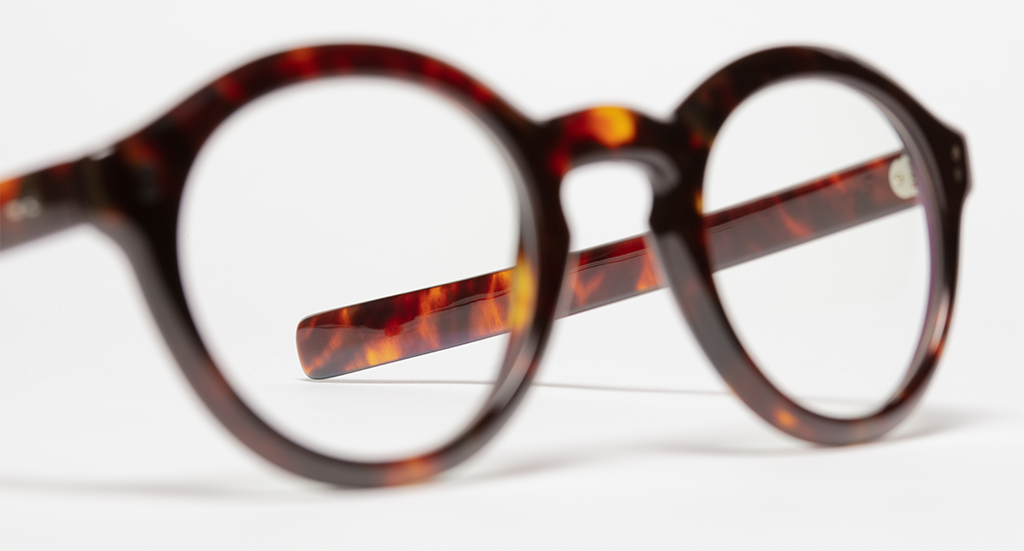

Join our Community